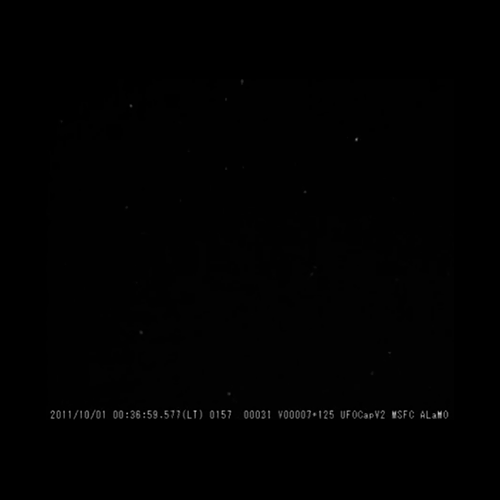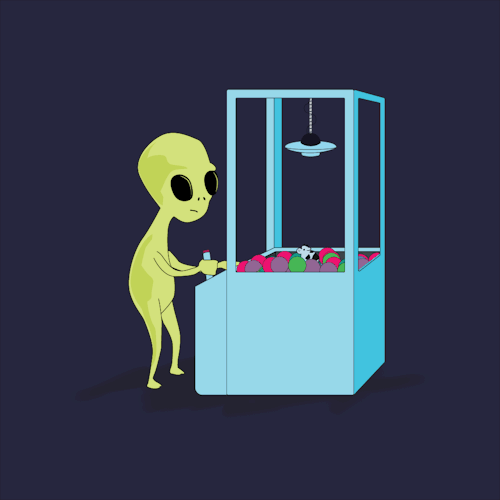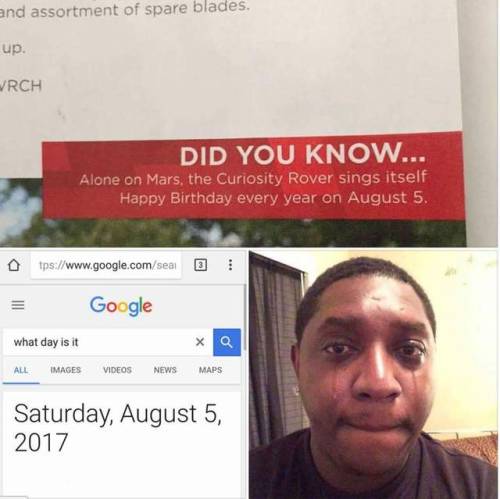For Everyone Trying To Lose Weight!
For everyone trying to lose weight!
When the moon is directly overhead, you weigh slightly less.
More Posts from Soshowmethesea and Others









i want to believe.

The Infrared Visible Andromeda: This remarkable synthetic color composite image was assembled from archives of visible light and infrared astronomy image data. The field of view spans the Andromeda Galaxy are also included in the frame. via NASA
js

reblog and make a wish! this was removed from tumbrl due to “violating one or more of Tumblr’s Community Guidelines”, but since my wish came true the first time, I’m putting it back. :)


Despite such a black hole being several thousand times smaller than any of the planets, its mass would be several thousand times greater. Thus, any planets unfortunate enough to be caught in its path would be devoured.
By the time the black hole reached the asteroid belt between Mars and Jupiter, things would look bleak for us. The intense gravitational pull of the black hole would have torn our planet asunder, causing devastating earthquakes and supervolcanoes the likes of which humanity has never witnessed before. Upon reaching Earth’s orbit our planet is all but doomed, reduced to a smoldering uninhabitable magma-laden rock, with Mercury and Venus soon following suit.
The final battle, between the black hole and the Sun, wouldn’t be quite so one-sided. A gravitational tug of war would ensue and, depending on the initial mass of the black hole, there’s a chance the Sun could survive in some shape or form. Unfortunately, the most likely scenario is that, like the planets, the Sun is ripped apart and joins the planets in the swirling mass of super-heated dust and gas roaring around the black hole.










ILLUSTRATIONS BY ZANDRAART
More by the Artist Here

Milky Way Over Quiver Tree Forest taken by Florian Breuer
js
This is adorable!


Milky Way over Bosque Alegre Station in Argentina : What are those streaks of light in the sky? First and foremost, the arching structure is the central band of our Milky Way galaxy. Visible in this galactic band are millions of distant stars mixed with numerous lanes of dark dust. Harder to discern is a nearly vertical beam of light rising from the horizon, just to the right of the image center. This beam is zodiacal light, sunlight scattered by dust in our Solar System that may be surprisingly prominent just after sunset or just before sunrise. In the foreground are several telescopes of the Bosque Alegre Astrophysical Station of the National University of Cordoba in Argentina. The station schedules weekend tours and conducts research into the nature of many astronomical objects including comets, active galaxies, and clusters of galaxies. The featured image was taken early this month. via NASA
js
That's both adorable and heartbreaking

no 😭😭
Poor Pluto! It'll always be a planet to me.
Between the time Pluto was discovered and when it was declassified as a planet, it did not make even one full rotation around the sun.
-
 porsche1955 liked this · 3 years ago
porsche1955 liked this · 3 years ago -
 mashyimaro liked this · 6 years ago
mashyimaro liked this · 6 years ago -
 mother-make-me reblogged this · 7 years ago
mother-make-me reblogged this · 7 years ago -
 extra-pizza-toppings liked this · 7 years ago
extra-pizza-toppings liked this · 7 years ago -
 bonejanglesss reblogged this · 7 years ago
bonejanglesss reblogged this · 7 years ago -
 soshowmethesea reblogged this · 7 years ago
soshowmethesea reblogged this · 7 years ago -
 doodsandscribs reblogged this · 7 years ago
doodsandscribs reblogged this · 7 years ago -
 facts-for-the-galaxy reblogged this · 7 years ago
facts-for-the-galaxy reblogged this · 7 years ago
"You're so down to Earth, and I'm up in the stars, so show me the sea, and I'll take you to Mars."
36 posts